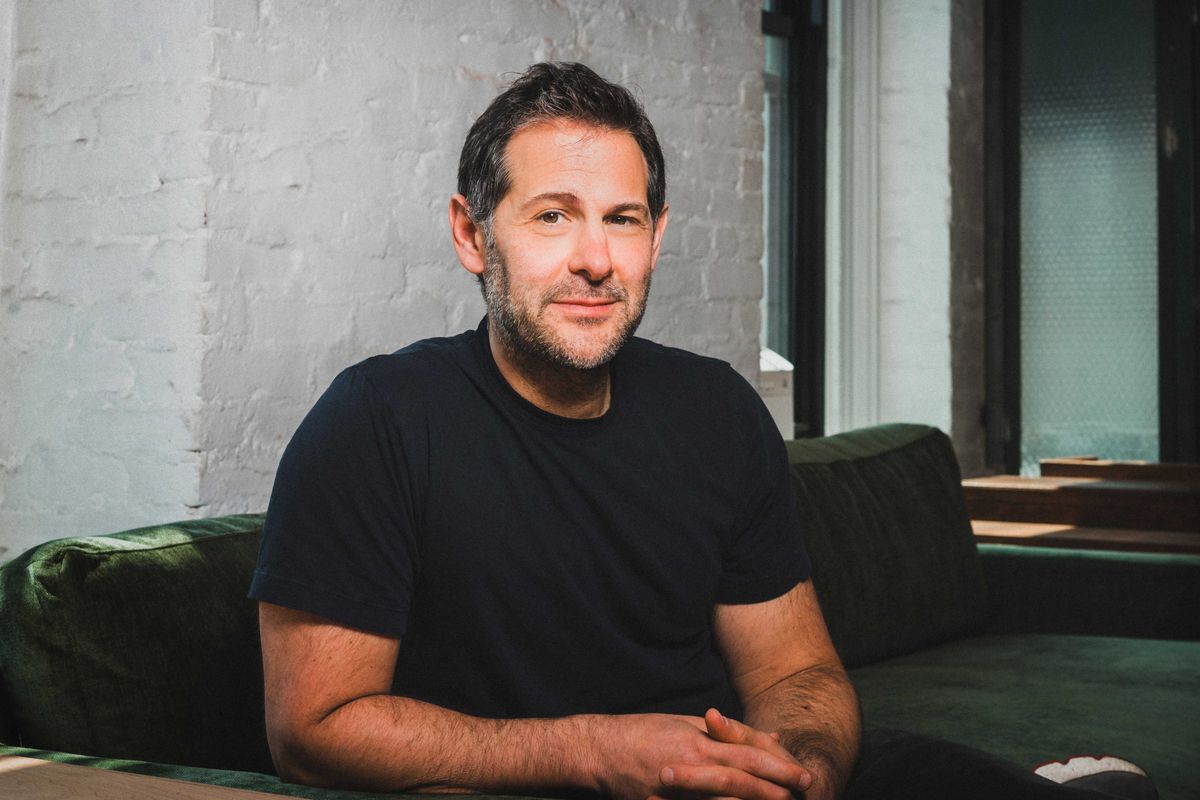Does Anyone Want Globalized Content?

This is the web version of dot.LA’s daily newsletter. Sign up to get the latest news on Southern California’s tech, startup and venture capital scene.
This is a Streaming Plan’s World
The shift from cable and satellite TV over to streaming platforms has had a number of far-reaching impacts on technology, the global economy and pop culture, from changing the kinds of films people go see in the theater to introducing the universal concept of “Netflix and Chilling.” One massively significant change brought about by the rise to dominance of services like Netflix, Amazon, and Disney+ that perhaps gets less play in the press has been the globalization of content.
A number of new developments this week highlight just how global the new streaming culture has become. A new YouTube feature allows creators to add dubbed audio tracks to new and pre-existing videos, potentially broadening their appeal for international audiences. Scandinavian streamer Viaplay – best known for “Nordic Noir” shows and films such as “The Bridge,” “Partisan,” and “Department Q” – launched in the US on Wednesday, and will expand into Canada in March. BritBox service – which compiles new and classic British content from BBC and ITV for audiences outside the UK – announced it has hit 3 million total subscribers this week.
Some international shows and films have always been available on conventional TV platforms, but they remained relatively rare in the pre-Netflix world. Some European shows would come to US TV’s via PBS’ “Masterpiece” franchise, for example, and classic re-runs of say “Mr. Bean” or “Monty Python’s Flying Circus” were not unheard of on late night basic cable networks.
This kind of limited niche distribution was just a drop in the bucket compared to the torrent of international content being produced weekly in 2023 by global media companies for streaming distribution around the world. As platforms like Netflix and Hulu rapidly expanded, becoming Wall Street darlings along the way, they needed to demonstrate massive growth quarter-over-quarter to satisfy shareholders. The easiest and most effective way to do this was to continually launch in new international markets, and the best way to successfully expand into new countries and territories was to produce a lot of high-quality content in their native languages, with their own homegrown talent in front of and behind the camera.
With massive global Spanish and French-speaking audiences to entertain in particular, Spain and France became major content hubs, churning out global hits like “Money Heist” and “Lupin.” Building on the K-pop wave and the international reputation of films like “Oldboy” and “Parasite,” Korean shows such as “Physical 100,” “Extraordinary Attorney Woo,” and most notably “Squid Game” dominate Netflix’s charts all over the world.
The Benefits of Cross-Cultural Exchange
A massive increase in cross-population of creative ideas and art around the globe obviously carries with it some inherent benefits. Most directly, for consumers, it’s suddenly much easier to watch and become exposed to a vastly expanded range of shows and films from all around the world. For filmmakers, producers and creatives, globalization obviously means a significantly larger potential audience for their work, and a bevy of potential new career opportunities. International films such as “RRR” and “All Quiet on the Western Front” were first viewed by a majority of Americans on Netflix, and have gone on to earn Oscar nominations and millions of new fans for their respective stars and filmmakers. “Squid Game” star Lee Jung-jae will next appear in the Disney+ “Star Wars” spinoff “The Acolyte.”
In some international markets, streaming platforms have also provided a new outlet for alternative voices and unconventional programming options. Netflix’s first-ever Saudi Arabian animated series, “Masameer County,” manages to lightly satirize The Kingdom’s society and culture without directly violating any political or social taboos. The streamer as well provided Indian TV and filmmakers with a new platform for outspoken, political or potentially controversial new work, which has put it in occasional opposition to the right-wing government of Prime Minister Narendra Modi.
The Devastation of Local Markets
Still, as with any major global sea change, there are some key disadvantages that come along with our new streaming economy. For one, huge international conglomerates like Netflix, Disney, and Amazon pose a potentially devastating new threat to a lot of local film and TV industries, particularly those serving local markets.
In many international countries and territories, local TV networks, film studios, and streamers have been forced to merge or join forces in order to compete at the level of Netflix or Amazon, which can afford to produce a lot more content at lower subscription rates. Just this past week, two of Japan’s largest video streaming services – U-Next and Paravi – joined forces in order to better compete against the big dogs.
Some nations have responded by passing legislation or using other political or official means to force foreign streaming platforms to invest some of their profits back into the local entertainment and media economy. Last February, Netflix signed a three-year agreement with French film guilds to invest at least $45 million in European movies, specifically for release in movie theaters. With the audience for streaming platforms in the country now surpassing the number of people watching broadcast TV, Australia’s government plans to introduce “content quotas” for international streamers by mid-2024, as part of a five-year plan to boost the country’s arts, culture, and entertainment industries.
The Sameness of Netflix
These moves can also offset some of the homogenization of content that naturally comes from consolidating the development and distribution processes in fewer and fewer hands. With just a few big streamers making programming decisions for audiences around the world, we run a greater risk of everything becoming smoothed out and overly similar, with the same kinds of options and formats dominating programming line-ups around the world. (That’s in addition to literal global franchises like “Too Hot to Handle” or “Money Heist,” which Netflix churns out – assembly line-style – for various markets around the world.)
In a January New Yorker profile, Netflix’s head of TV Bela Bajaria explained that the ideal Netflix series is comparable to a “gourmet cheeseburger,” comfortingly familiar while still maintaining quality. Still, sometimes maybe you want a steak, or a pupusa, or some ceviche, or sashimi. What then?




 Image Source: Blackbird
Image Source: Blackbird
 Image Source: Anduril
Image Source: Anduril Image Source: Impulse Space
Image Source: Impulse Space Image Source: Coco Robotics
Image Source: Coco Robotics